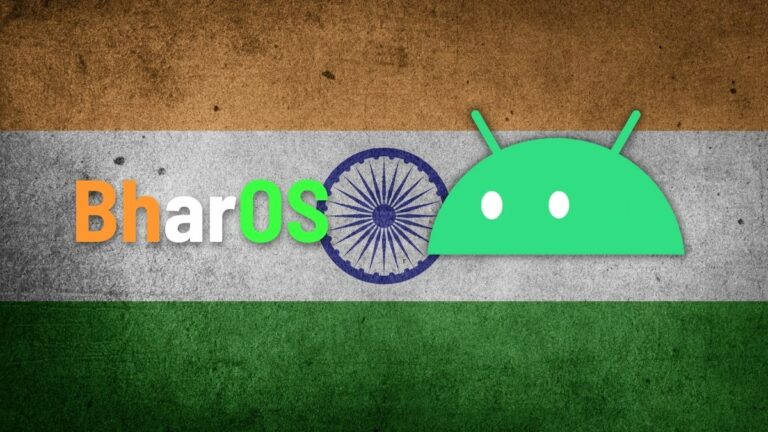What Is Matter Casting? How Does It Work?

Ever since their introduction, smart home platforms have been notorious for locking users into an ecosystem, be it Apple, Google, or Amazon, preventing them from purchasing the products they like. However, recognizing this issue, all three tech giants came together to develop a new open smart home standard called Matter. This standard allows any manufacturer to develop products, giving users more choices. In line with these efforts, Amazon is now rolling out support for Matter Casting to its devices, enabling users to cast content from their smartphones or tablets onto their TVs.
How is it different from AirPlay or Chromecast?
Although the casting capabilities remain the same, the difference lies in compatibility. For instance, only Apple devices are compatible with AirPlay, meaning you cannot use an Android device to cast to an Apple TV or Mac.
This is where Matter Casting comes in, as it positions itself as a free casting standard that developers can seamlessly integrate into their products. Moreover, it also facilitates broader compatibility between devices from different manufacturers, all while being free of cost.
Can you use Matter Casting now?
Matter Casting is currently available with the Amazon Prime app and the Echo Show 15, with several FireTV devices joining the list soon. To do this:
- Sign in to your Prime Video account and ensure both devices are connected to the same Wi-Fi network.
- Open the Prime Video app and click on the “cast” button.
- Select the preferred TV.
However, it’s important to note that while Matter Casting currently does not support music or podcast casting on speakers, this feature is in the works.
Can existing TVs and devices support the standard?
Given that Matter doesn’t require any additional hardware, existing devices can get Matter support with a software update from manufacturers. Currently, Amazon is leading the charge for greater adoption, collaborating with platforms like Plex, Pluto TV, Sling TV, STARZ, and ZDF to incorporate the standard later this year.
However, it is important to note that, unlike Amazon, other companies are less likely to push updates for older devices.






